Brackishwater aquaculture is the farming of aquatic organisms in brackish water, which is water that has a salinity between that of freshwater and seawater. Brackishwater aquaculture can be done in various ways, but integrated farming is one of the most sustainable methods. Integrated farming is a system of agriculture that combines aquaculture with other forms of agriculture, such as crop production, livestock raising, and forestry.
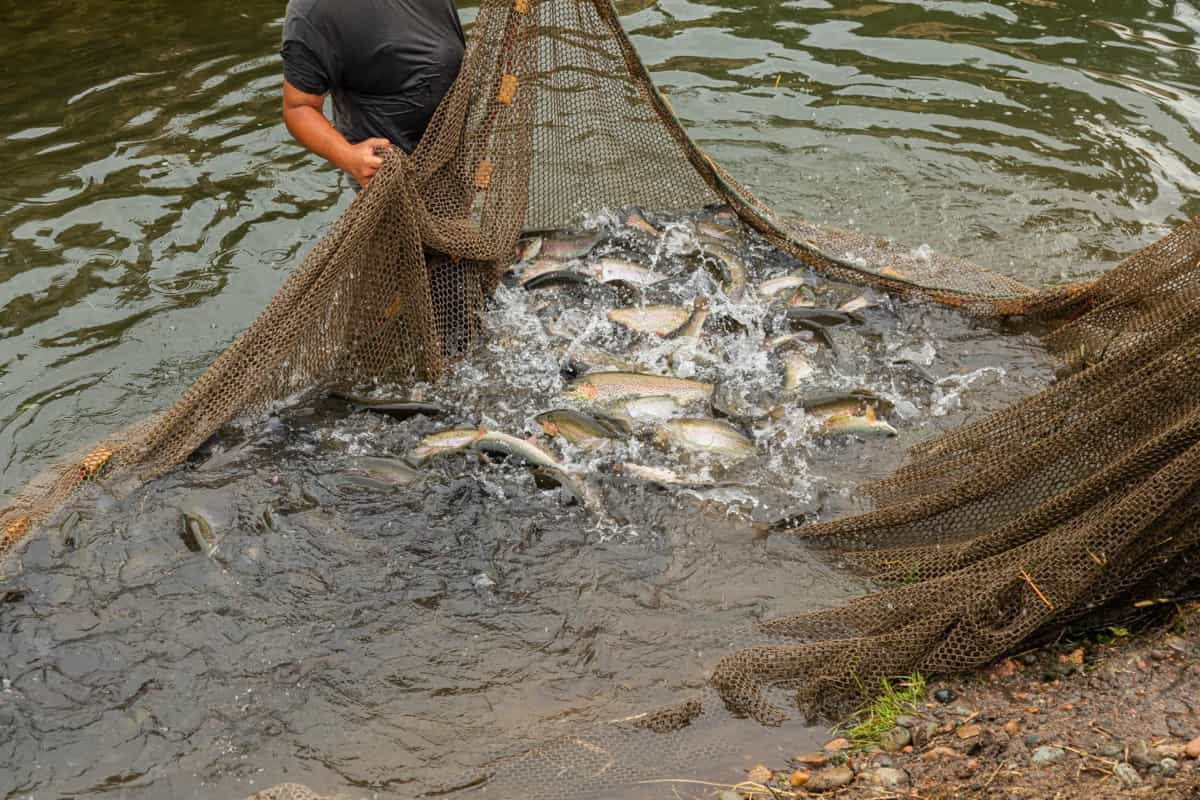
Farmers can help reduce the land and water needed to produce food by integrating aquaculture with other forms of agriculture. Brackishwater aquaculture-based integrated farming is a sustainable and profitable way to produce food and income. If you want to start a brackishwater aquaculture-based integrated farming system, several resources are available to help you get started. Let’s check out more information about brackishwater aquaculture-based integrated farming below.
What is Brackishwater Aquaculture?
Brackishwater aquaculture is farming aquatic organisms in the water with a salinity between freshwater and seawater. This aquaculture is often done in ponds or tanks and can raise different fish, shrimp, and shellfish. Brackishwater aquaculture has many advantages over traditional aquaculture:
- It can be done in a wider range of climates and locations.
- It can be more productive than conventional aquaculture, as the organisms grow faster in brackish water.
- It can be more sustainable than traditional aquaculture, as it can help to conserve freshwater resources.
Brackishwater aquaculture is an increasing business that will continue expanding in the future. This is due to a difference of variables, including rising seafood demand, increased availability of brackish water, and increased viability of brackishwater aquaculture.
What is Integrated Farming?
Integrated farming is a method of crop and livestock production that combines two or more enterprises on the same farm. Integrated farming aims to increase productivity, efficiency, and sustainability by using resources more efficiently and reducing agriculture’s environmental impact. There are many different types of integrated farming systems. These principles include:
- Diversifying crop and livestock production
- Using crop residues and animal manure as fertilizer
- Recycling water
- Controlling pests and diseases using natural methods
- Conserving soil and water
Integrated farming can be a profitable and sustainable way to produce food. It can also enhance the environment, rural communities, and farmers’ quality of life.
In case you missed it: How to Boost Phytoplankton in Aquaculture
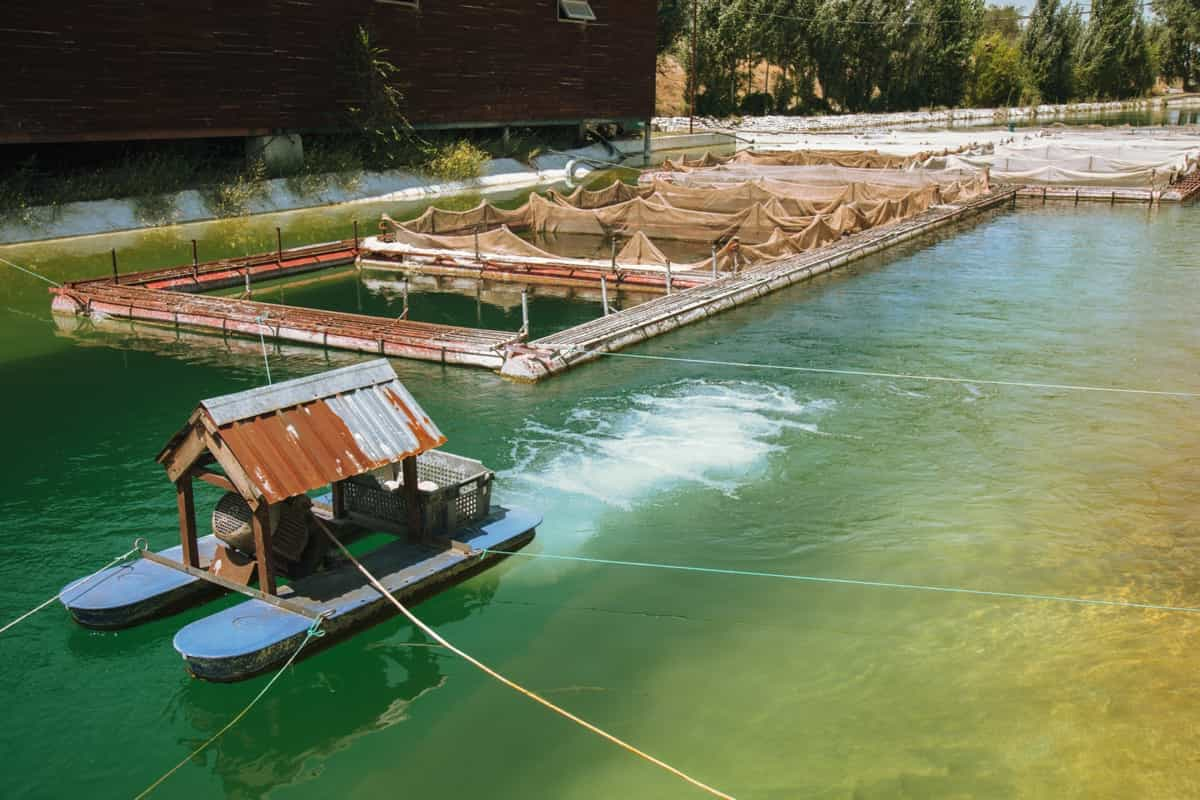
What is Brackishwater Integrated Farming Systems?
Brackishwater Integrated Farming Systems (BIFS) is a method of aquaculture that combines the cultivation of fish and shrimp with the cultivation of rice or other crops. This type of farming is becoming popular in Southeast Asia, where there is a growing demand for food and a need to find more sustainable ways to produce it. BIFS has a number of advantages over traditional aquaculture. First, it is more productive.
Fish and shrimp can be grown in the same water as rice or other crops, allowing more efficient resource use. Second, BIFS is more sustainable. Cultivating rice or other crops helps improve water quality and reduce pollution, which can benefit fish and shrimp. Third, BIFS is more profitable. The sale of fish and shrimp can provide farmers with a profitable source of income, and the sale of rice or other crops can help offset production costs.
There are different ways to set up a BIFS system. The most common system is to grow rice in the dry season and fish and shrimp in the wet season. This system is called the rice-fish-shrimp rotation system. Another common system is growing rice and fishing together in the same field. This system is called the rice-fish polyculture system.
Why is Brackishwater Aquaculture-based Integrated Farming Sustainable?
- Uses resources more efficiently.
- Reduces pollution.
- Improves water quality.
- Provides a Stable income for farmers.
- Helps to protect the environment.
Resource efficiency: Brackishwater aquaculture-based integrated farming uses resources more efficiently than traditional aquaculture. For example, the fish and shrimp can use the nutrients from the crops, and the crops can use the nutrients from the fish and shrimp waste. This helps to reduce the amount of fertilizer and other inputs that are needed, which can save farmers money.
Pollution reduction: Brackishwater aquaculture-based integrated farming can help to reduce pollution. The crops can help filter the water, and the fish and shrimp can eat some pollutants. This can help improve the water quality and make it more suitable for aquaculture and agriculture.
Water quality improvement: Brackishwater aquaculture-based integrated farming can help enhance water quality. The crops can help filter the water, and the fish and shrimp can eat some pollutants. This can help make the water cleaner and more suitable for aquaculture and agriculture.
More stable source of income: Brackishwater aquaculture-based integrated farming can provide a more stable source of income for farmers. This is because the farmers can sell fish, shrimp, and crops. This diversification helps reduce the risk of crop failure or price fluctuations.
In case you missed it: Benefits of Zeolite in Aquaculture: Uses and Application Methods
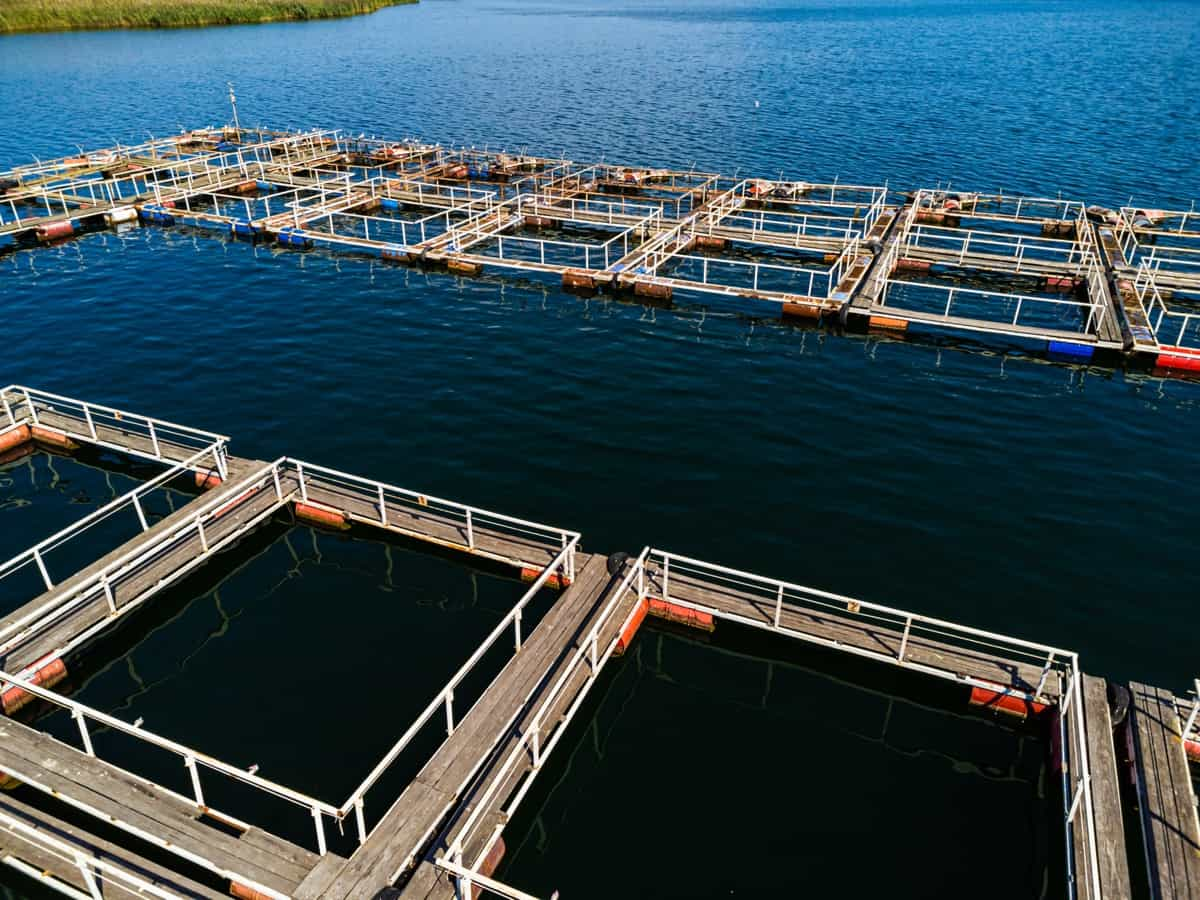
Environmental protection: Brackishwater aquaculture-based integrated farming can help to protect the environment. It uses resources more efficiently, reduces pollution, and improves water quality. This can help in conservation of natural resources and protect the environment for future generations.
Benefits of Brackishwater Aquaculture-based Integrated Farming
Brackishwater aquaculture-based integrated farming is a sustainable method of food production that combines aquaculture with agriculture.
- Increased productivity: Brackishwater aquaculture-based integrated farming can produce more food production per unit of land than traditional aquaculture or agriculture. This is because the fish and shrimp can use the nutrients from the crops, and the crops can use the nutrients from the fish and shrimp waste.
- Reduced environmental impact: Brackishwater aquaculture-based integrated farming can reduce the environmental impact of food production. It uses resources more efficiently, reduces pollution, and improves water quality.
- Increased farmer income: Brackishwater aquaculture-based integrated farming can increase farmer income. This is because farmers can sell fish, shrimp, and crops. This diversification helps to reduce the effect of crop failure or price fluctuations.
- Improved food security: Brackishwater aquaculture-based integrated farming can help to improve food security. This is because it can produce food in areas that are not even suitable for traditional agriculture.
Brackishwater aquaculture-based integrated farming is a promising method of food production and management that has the potential to address the challenges of food security, environmental sustainability, and economic development.
How to Start a Brackishwater Aquaculture-based Integrated Farming System
Starting a Brackishwater Aquaculture-based Integrated Farming System involves the integration of aquaculture and agriculture practices in brackish water environments. This system aims to maximize the use of land and water resources, increase farm productivity and profitability, and promote sustainable farming practices.
In case you missed it: Importance of Dissolved Oxygen Level in Aquaculture: Ways to Improve It
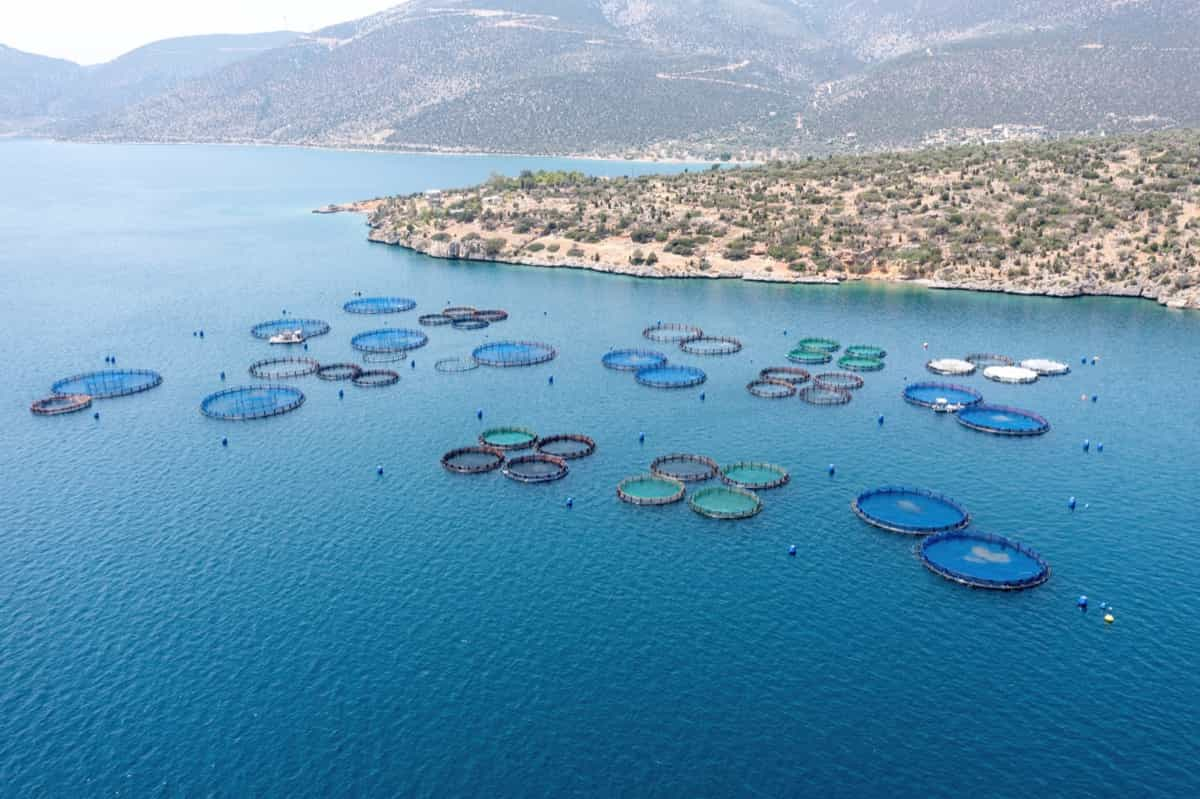
- Site Selection: Choose a suitable location with access to brackish water resources such as ponds, rice fields, or tidal flats. Ensure the site has appropriate infrastructure and facilities for aquaculture and agriculture activities.
- Species Selection: Identify the compatible species for integration into the farming system. Common options include fish (e.g., milkfish, tilapia), shrimps (e.g., Penaeus monodon), and various crops (e.g., chili, maize, cassava). Consider the market demand, ecological adaptability, and species compatibility when selecting.
- Farm Design and Infrastructure: Plan and design the farm layout, considering each species’ requirements and the integration aspects. Construct ponds, tanks, or enclosures for aquaculture activities, and allocate suitable areas for crop cultivation. Install necessary infrastructure such as pumps, filtration systems, and irrigation systems.
- Water Management: Implement effective techniques to maintain suitable water quality and salinity levels for the integrated species. Consider water exchange, aeration, and water treatment methods to ensure optimal conditions for growth and production.
- Feeding and Nutrition: Develop a feeding regimen that meets the nutritional requirements of the integrated species. Optimize feed conversion ratios and minimize wastage. Explore the potential for utilizing organic waste from agricultural activities as a nutrient source for aquaculture species.
- Disease Management: Implement proper disease prevention and control measures to minimize the risk of outbreaks. Monitor water quality regularly, practice biosecurity measures, and seek guidance from aquaculture experts or agricultural services to help the health and manage of the integrated species.
- Harvesting and Marketing: Plan harvesting and marketing strategies for aquaculture and agricultural products. Coordinate with local markets, distributors, or processors to ensure a steady demand and market access for your products. Consider value-added processing or niche markets to enhance profitability.
- Monitoring and Evaluation: Regularly monitor and evaluate the performance of the integrated farming system. Assess the production outputs, growth rates, feed conversion efficiency, and economic returns. Use this information to make accurate decisions, improve farming practices, and optimize the overall system productivity.
- Knowledge and Skill Development: Stay updated with the latest research, technologies, and best practices in aquaculture and agriculture. Attend workshops and training programs, or seek guidance from experts in the field. Improve your knowledge and skills to adapt to changing market trends and scientific advancements.
- Collaboration and Networking: Collaborate with other farmers, research institutions, and industry stakeholders. Participate in farmer associations, cooperatives, or industry events to exchange experiences, share knowledge, and collectively address challenges faced in the integrated farming system.
In case you missed it: Key Rules to Maintain Water Quality in Aquaculture: Parameters, Management, Effects of Water Quality on Fish Growth
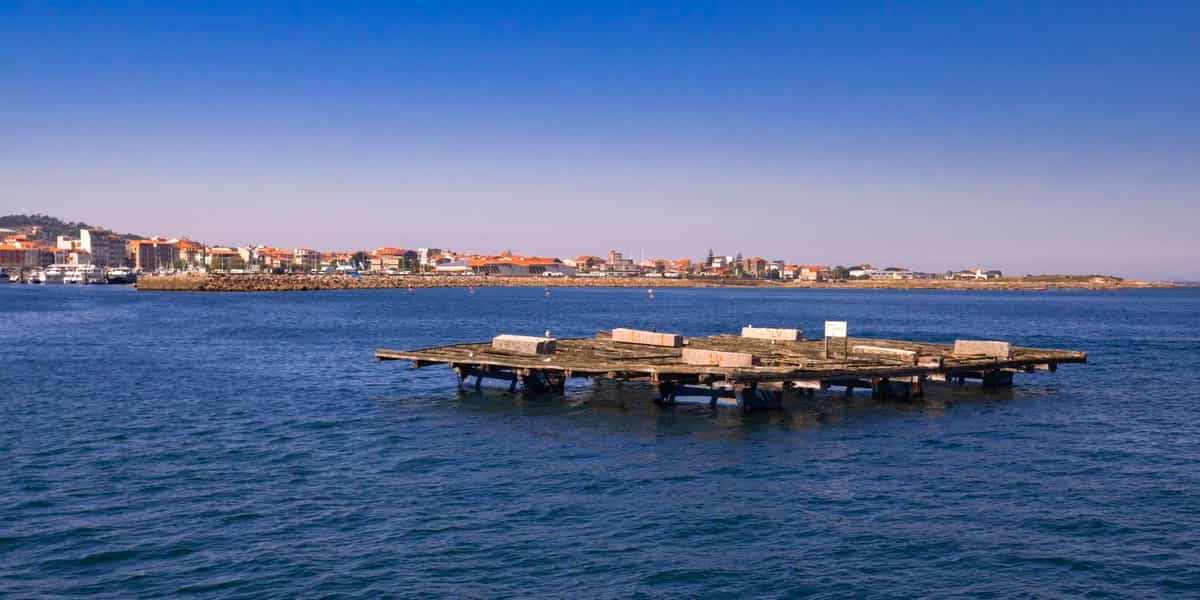
Improving the Livelihood Status of Farmers (Case Study)
The Brackishwater Aquaculture Based Integrated Farming System project implemented by ICAR-Central Institute of Brackishwater Aquaculture and Chennai Petroleum Corporation Limited (CPCL) in Kundrakadu Hamlet, Kovalam Village, Chengalpattu District, Tamil Nadu, shows significant improvements in the livelihood status of farmers:
- Project Initiation: The project was initiated to provide an alternative livelihood to coastal families affected by the depletion of clam resources after the Indian Ocean Tsunami in December 2004.
- Integrated Farming System: Farmers were organized into ten members and trained to establish a customized homestead Recirculatory Aquaculture System (RAS) for pearl spot larval fish rearing. Additionally, poultry rearing, mushroom production, and kitchen garden units were integrated to provide employment and income opportunities.
- Pearl Spot Seed Rearing: Pearl Spot fry was stocked in modular tanks, and activities such as feed preparation, tank cleaning, monitoring fish growth, and harvesting were undertaken. A total of 2,000 Pearl Spot fry with an average size of 1.0 cm were stocked in 4 concrete tanks. After 52 days, the fish reached an average weight of 0.8 g and length of 3.2 cm. 1,865 Pearl Spot fingerlings were harvested with a survival rate of 93.3%, generating an income of Rs. 9,000 per batch.
- Vegetable Cultivation: The drain from the larval rearing tanks was utilized for growing vegetables in the kitchen garden, providing additional income to the farmers.
- Pearl Spot Breeding: The brooders were collected from Pulicate Lake and quarantined in the CIBA fish hatchery. The tank-reared brooders successfully bred, resulting in 130 early fry. These fry would be reared and sold to ornamental fish farmers.
- Diversification of Income: In addition to Pearl Spot seed rearing, farmers earned income ranging from Rs. 10,000 to Rs. 12,000 from backyard poultry farming and Rs. 5,000 to Rs. 6,000 from homestead backyard vegetable farming.
- Livelihood Enhancement: Adopting the “Homestead Backyard Pearl Spot Breeding and Seed Rearing Activity” alongside poultry farming and kitchen gardening has provided sustainable livelihood opportunities to the coastal families previously engaged in clam collection.
The Brackishwater Aquaculture-Based Integrated Farming System has proven to be a successful initiative in improving the livelihood status of farmers in Kundrakadu Hamlet. It has provided an alternative income source through pearl spot seed rearing and promoted diversification through poultry farming and vegetable cultivation. This integrated approach offers a sustainable and profitable farming system, contributing to the participating farmers’ overall well-being and economic stability.
In case you missed it: How to Balance Water pH in Aquaculture: Water pH Decreasing and Increasing Methods

Conclusion
Brackishwater aquaculture-based integrated farming is a sustainable way to produce food and income. It combines aquaculture with agriculture to produce more food per unit of land, reduce the environmental impact of food production, and increase farmer income. Brackishwater aquaculture-based integrated farming is a promising method of food production with the high to address the challenges of food security, environmental sustainability, and economic development.
- How to Build a Low-budget Goat Shed: Cheap Ideas and Tips
- Goat Farming Training Programs in India: A Beginner’s Guide
- Types of Pesticides Used in Agriculture: A Beginner’s Guide
- Economical Aquaculture: A Guide to Low-Budget Fish Farming
- 15 Common Planting Errors That Can Doom Your Fruit Trees
- How to Make Houseplants Bushy: Effective Tips and Ideas
- Innovative Strategies for Boosting Coconut Pollination and Yield
- Pollination Strategies for Maximum Pumpkin Yield
- The Complete Guide to Chicken Fattening: Strategies for Maximum Growth
- Natural Solutions for Tulip Problems: 100% Effective Remedies for Leaf and Bulb-Related Issues
- Revolutionizing Citrus Preservation: Towards a Healthier, Greener Future
- Natural Solutions for Peony Leaf and Flower Problems: 100% Effective Remedies
- Maximizing Profits with Avocado Contract Farming in India: A Comprehensive Guide
- Natural Solutions for Hydrangea Problems: 100% Effective Remedies for Leaf and Flowers
- The Ultimate Guide to Choosing the Perfect Foliage Friend: Bringing Life Indoors
- From Sunlight to Sustainability: 15 Ways to Use Solar Technology in Agriculture
- The Ultimate Guide to Dong Tao Chicken: Exploring from History to Raising
- The Eco-Friendly Makeover: How to Convert Your Unused Swimming Pool into a Fish Pond
- Mastering the Art of Delaware Chicken Farming: Essentials for Healthy Backyard Flocks
- 20 Best Homemade Fertilizers for Money Plant: DIY Recipes and Application Methods
- How to Craft a Comprehensive Free-Range Chicken Farming Business Plan
- Brighten Your Flock: Raising Easter Egger Chickens for Beauty and Bounty
- How to Optimize Your Poultry Egg Farm Business Plan with These Strategies
- Subsidy for Spirulina Cultivation: How Indian Government Schemes Encouraging Spirulina Farmers
- Ultimate Guide to Raising Dominique Chickens: Breeding, Feeding, Egg-Production, and Care
- Mastering the Art of Raising Jersey Giant Chickens: Care, Feeding, and More
- Ultimate Guide to Raising Legbar Chickens: Breeding, Farming Practices, Diet, Egg-Production
- How to Raise Welsummer Chickens: A Comprehensive Guide for Beginners
- How to Protect Indoor Plants in Winter: A Comprehensive Guide
- Ultimate Guide to Grow Bag Gardening: Tips, Tricks, and Planting Ideas for Urban Gardeners
- Guide to Lotus Cultivation: How to Propagate, Plant, Grow, Care, Cost, and Profit
- Agriculture Drone Subsidy Scheme: Government Kisan Subsidy, License, and How to Apply Online
- Ultimate Guide to Raising Araucana Chickens: Breed Profile, Farming Economics, Diet, and Care
- Bringing Hydroponics to Classroom: Importance, Benefits of Learning for School Students
- Ultimate Guide to Raising Polish Chickens: Breed Profile, Farming Economics, Diet, and Care
- Ultimate Guide to Raising Australorp Chickens: Profile, Farming Economics, Egg Production, Diet, and Care
Very useful background information for a beginer farmer group in a rural setting for successful integrated farming.